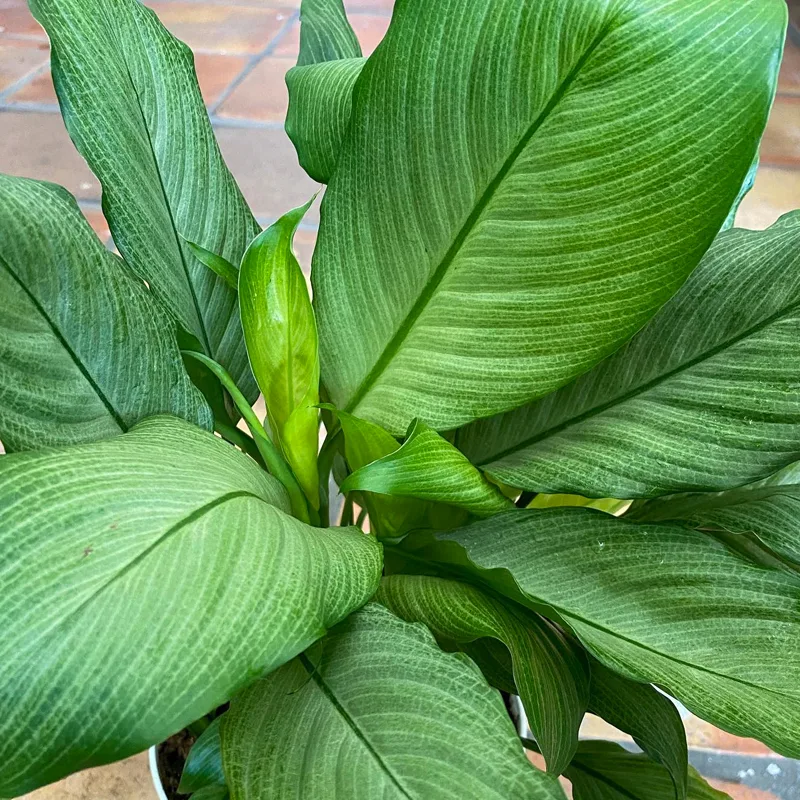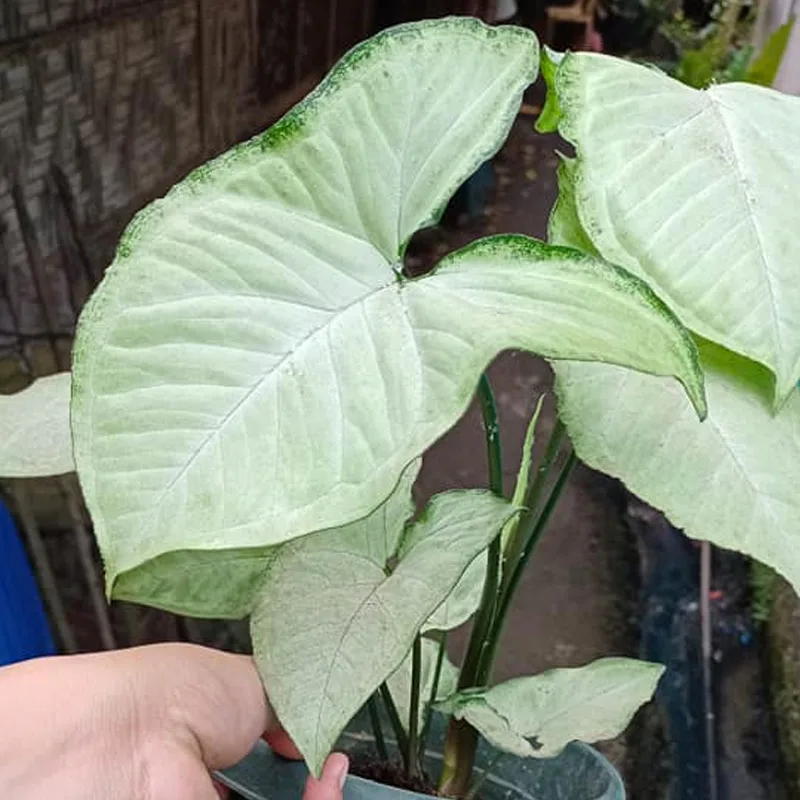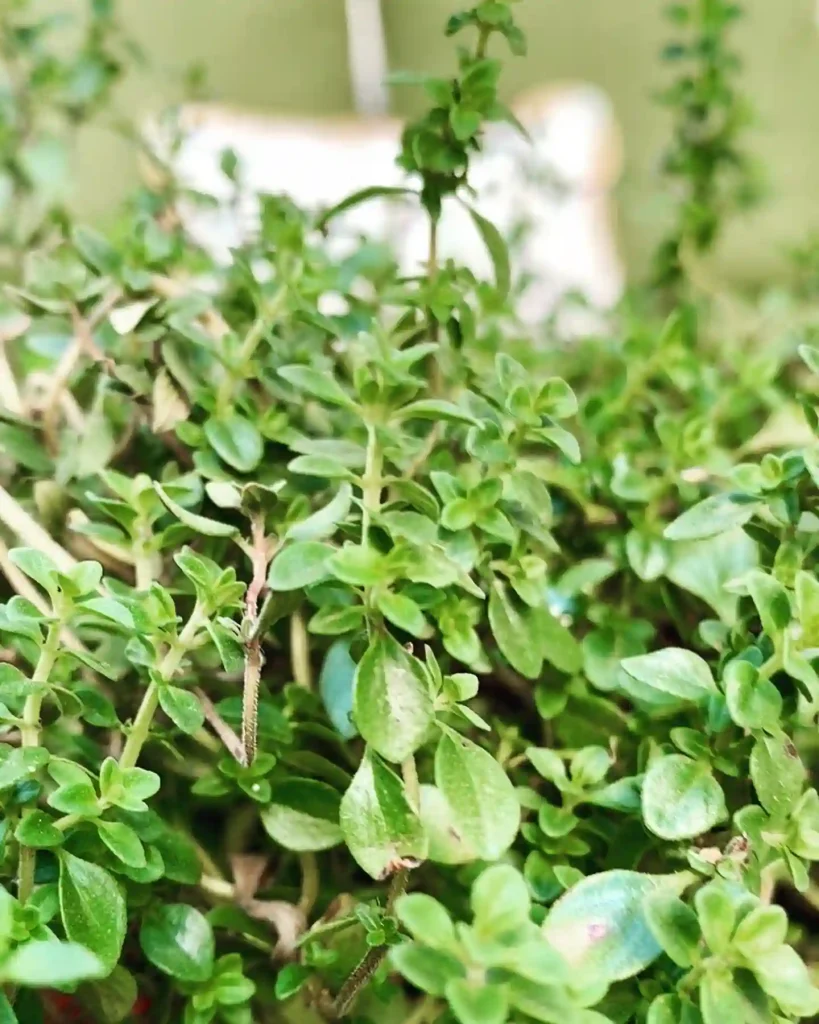The Lophiocarpaceae Family: My Experience and Fascination
As a plant enthusiast, I’ve explored countless plant families, but one that truly captured my interest is Lophiocarpaceae. While relatively obscure compared to the showier plant families like Asteraceae or Orchidaceae, Lophiocarpaceae holds a unique charm for those of us who love to dig deeper into botanical diversity. In this article, I’ll share my experience and insights into this small yet fascinating plant family, including its genera, Corbichonia and Lophiocarpus. These plants thrive in harsh environments, showing a resilience that always impresses me.
A Brief Overview of the Lophiocarpaceae Family
Lophiocarpaceae is a relatively small family within the Caryophyllales order, which also includes more familiar families like Amaranthaceae and Cactaceae. What’s particularly interesting about Lophiocarpaceae is that it was only formally recognized in 2009. This relatively recent recognition adds an air of mystery and discovery to the family, sparking my curiosity further.
The family is primarily found in Africa and parts of Asia, thriving in arid and semi-arid environments. One of the reasons I find Lophiocarpaceae so fascinating is how these plants have adapted to survive in harsh conditions. As someone who enjoys growing plants that can handle a bit of neglect or tough weather, these are my kind of plants. Their ability to thrive where many other species struggle makes them a testament to nature’s resilience.
Corbichonia: A Tough, Ground-Hugging Gem
The first genus I want to talk about is Corbichonia. This genus may not be well-known to many, but it has some traits that I find incredibly appealing. Corbichonia species are typically low-growing, herbaceous plants. What sets them apart is their capacity to thrive in dry, often saline soils. It’s no wonder that Corbichonia species are found in parts of Africa where drought is a constant threat.
In my own experience with drought-tolerant plants, Corbichonia strikes me as a perfect example of why understanding plant ecology matters. These plants have evolved to conserve water, making them well-suited for xeriscaping or low-water gardens. If you’re a fan of hardy, low-maintenance ground covers that provide subtle beauty, Corbichonia is definitely worth a closer look.
One particular species, Corbichonia decumbens, caught my attention. Its trailing habit and small, fleshy leaves are quite attractive, especially in a garden setting where you want something that can handle neglect. I’ve grown this species in a dry corner of my garden, and its ability to persist through periods of minimal rainfall is impressive. It’s a survivor, and that’s something I always admire in plants.
Lophiocarpus: Small but Mighty
The second genus in the Lophiocarpaceae family, Lophiocarpus, is equally intriguing. Unlike Corbichonia, which tends to spread horizontally, Lophiocarpus species are more upright in habit. They are small, herbaceous plants that often go unnoticed, but I’ve found that once you pay attention to them, they have a quiet beauty that’s hard to ignore.
What stands out about Lophiocarpus is the structure of its flowers and fruits. The genus name itself gives a clue—”lophi-” refers to the crested or tufted appearance of certain parts of the plant, which is especially noticeable in the fruit. This is one of those small details that botanists love to point out, and it’s one of the reasons I find Lophiocarpus so interesting. It’s a plant that rewards close observation, something I enjoy doing when I’m walking through botanical gardens or even just hiking in the wild.
Ecological Significance and Adaptability
Both Corbichonia and Lophiocarpus showcase the incredible adaptability of plants. As someone who enjoys studying how plants fit into their ecosystems, I’m fascinated by how these genera have carved out a niche in environments where many others wouldn’t survive. Whether it’s the saline soils that would choke out most plants or the persistent droughts that define much of their natural range, Lophiocarpaceae plants are survivors. This adaptability makes them not only interesting from a botanical standpoint but also valuable in sustainable landscaping practices.
From a personal perspective, I’ve often found myself gravitating toward plants that can handle tough conditions. There’s something satisfying about cultivating species that are naturally equipped to thrive without constant care. For gardeners like me, who might not always have time to fuss over every plant in the garden, drought-tolerant families like Lophiocarpaceae are a blessing.
A Hidden Gem for Gardeners
While Lophiocarpaceae might not have the instant appeal of more ornamental plant families, it offers a lot to those willing to explore its members. If you’re a gardener or a plant lover like me who enjoys the challenge of growing something a little different, consider giving Corbichonia or Lophiocarpus a try. These plants bring a rugged charm and resilience to any landscape, and their adaptability to tough conditions is something I deeply appreciate.
For those interested in sustainable gardening or xeriscaping, Lophiocarpaceae could be a hidden gem. These plants’ drought tolerance and ability to thrive in nutrient-poor soils make them an excellent choice for eco-friendly landscaping.
Conclusion
The Lophiocarpaceae family might be small and relatively unknown, but for those of us who love to explore the diversity of plant life, it’s a fascinating group. The genera Corbichonia and Lophiocarpus offer unique insights into the adaptability of plants and provide options for gardeners seeking hardy, low-maintenance species. I’ve enjoyed learning about and growing members of this family, and I hope more plant lovers will take the time to appreciate these underappreciated gems.
If i die, water my plants!



